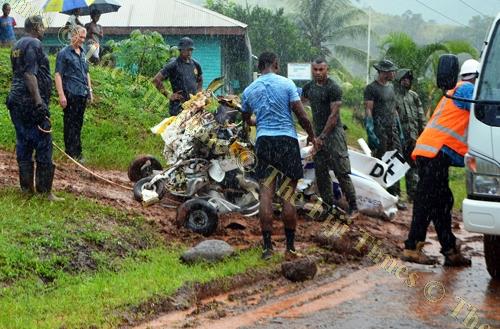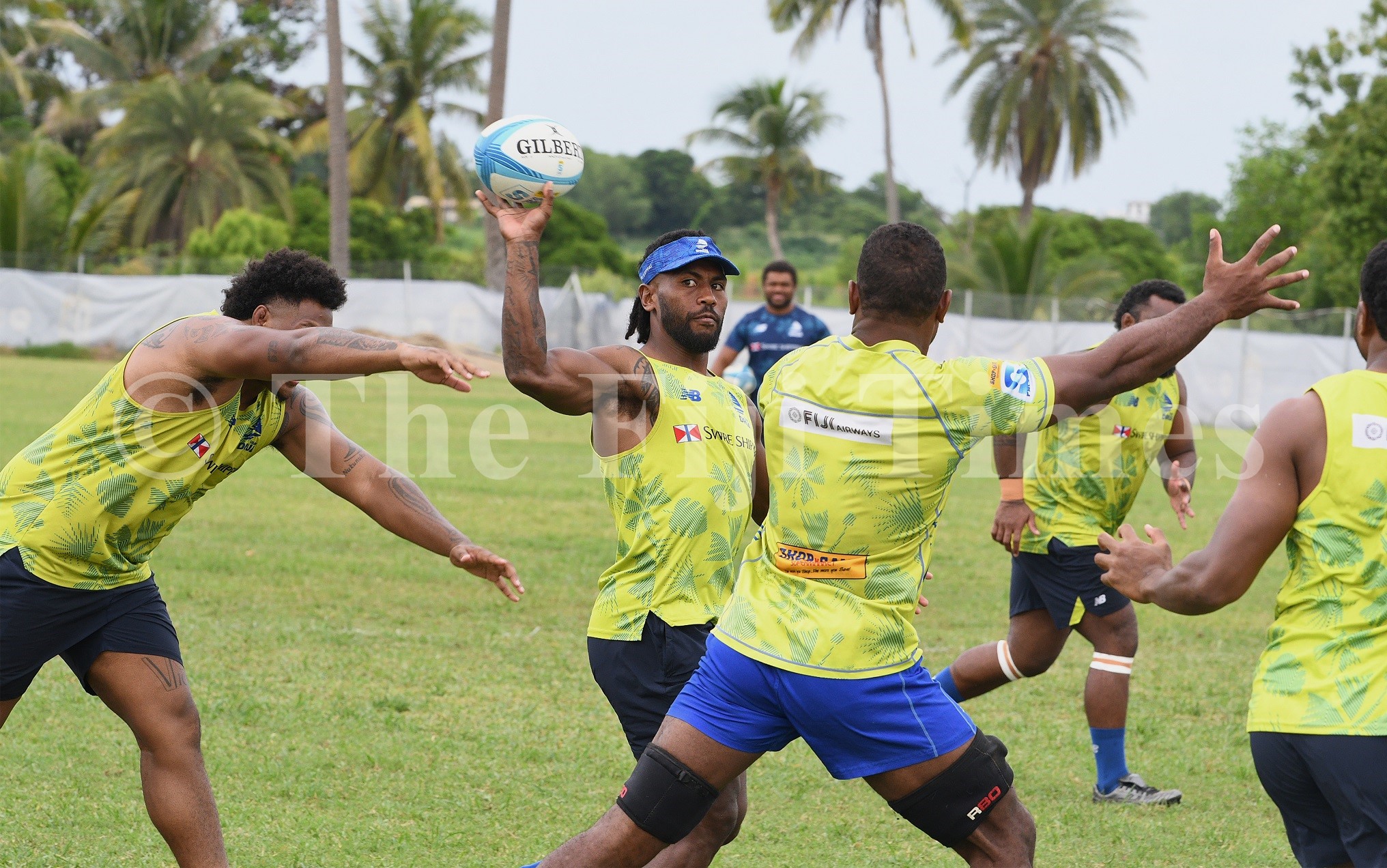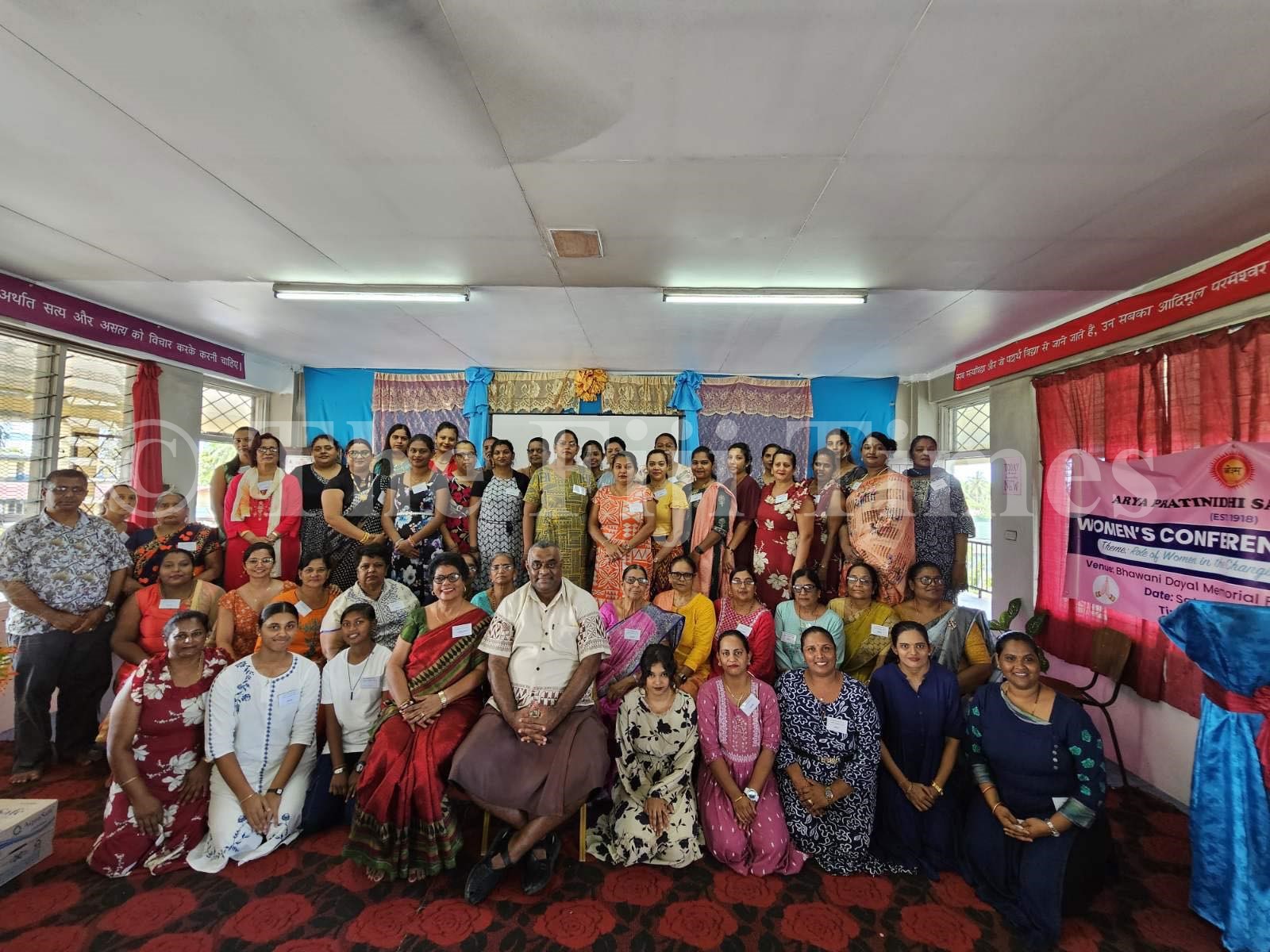PACIFIC Flying School flight instructor Iliesa Tawalo had done all he could to avoid the ill-fated Cessna 172 flight from crashing in the mountain ranges of Delaikoro, Macuata last year.
This was revealed by Minister for Civil Aviation Aiyaz Sayed-Khaiyum during a press conference on the findings of New Zealand air accident engineer Andrew McGregor, who investigated the fatal crash.
Tawalo and aviation student Merelesita Lutu died in the crash on February 28, 2018.
Mr Sayed-Khaiyum said the flying instructor had tried his best to fly out as the weather continued to worsen on that fateful day. This, he said, was clearly sketched out in Mr McGregor’s report on the investigations.
“In tropical climates like in Fiji where you have sudden changes in weather patterns, how do you negotiate that?,” Mr Sayed-Khaiyum said.
“The pilot did everything possible on what he was supposed to be doing, so when he saw the bad weather coming, he tried his best to fly out and get out of it.
“There is no assignment or to blame the pilot itself in respect of what he did, that is more to do unfortunately with the weather patterns.”
Mr Sayed-Khaiyum said they were conducting a cross country flight training when the incident happened.
The findings noted that three occupants – a flying instructor, a student pilot and a friend of the student pilot had departed from their base in Nadi for cross country flight training to Labasa on the said day. Upon reaching Labasa, Mr Sayed-Khaiyum said, the student pilot’s friend decided to stopover while the two continued their journey to Savusavu.
“Soon after departing Labasa, weather condition and visibility across the mountains quickly deteriorated, thereby trapping the aircraft without an escape root and causing it to impact steep mountainous terrains.
“The flying instructor was pilot in command who had a total of 1257 hours of flying experience at the time of the accident.”
He said the aircraft didn’t have the same level of avionics like commercial flights.
“We have a reason why Cessna are being flown because we have a very basic manual capacity, basic avionics, but more manual intervention for training purposes.





